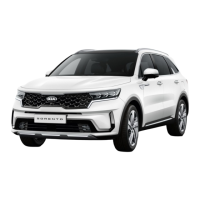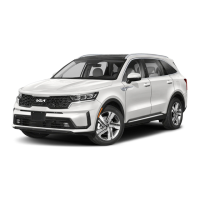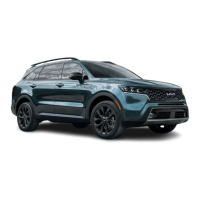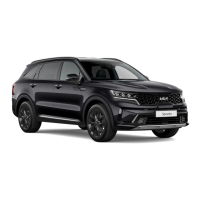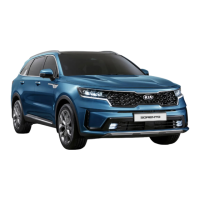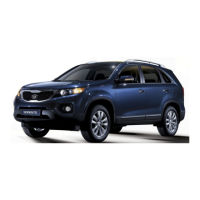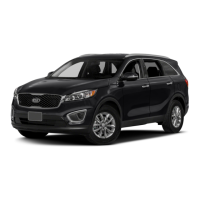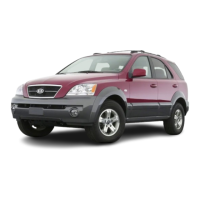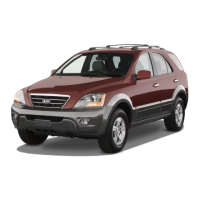Safety features of your vehicle
423
Child Restraint System (CRS)
僅 Do not use an infant carrier or a child
safety seat that "hooks" over a seat
-
back as it may not provide adequate
protection in an accident.
僅 A child restraint in the center seating
position may also contact or push up
against the safety belt buckles, which
can damage the buckles and make
them unusable or unsafe. Always
check that the child restraint does not
contact any of the safety belt buckles.
Check the placement of the child
restraint regularly to make sure that it
has not shifted and come into contact
with any of the safety belt buckles.
After an accident, have a Kia dealer
check the Child Restraint System, seat
belts, tether anchors and lower anchors.
Selecting a CRS
When selecting a CRS for your child,
always:
僅 Make sure the CRS has a label certify
-
ing that it meets applicable Safety
Standards of your country.
僅 Select a child restraint based on your
child's height and weight. The
required label or the instructions for
use typically provide this information.
僅 Select a child restraint that fits the
vehicle seating position where it will
be used.
僅 Read and comply with the warnings
and instructions for installation and
use provided with the CRS.
僅 The American Academy of Pediatrics
provides helpful fit and safety infor
-
mation about child restraints at
www.healthychildren.org.
Holding children
Never hold a child in your arms or lap
when riding in a vehicle. The violent
forces created during a crash will tear
the child from your arms and throw the
child against the car's interior. Always
use a Child Restraint System which is
appropriate for your child's height and
weight.
Unattended children
Never leave children unattended in a
vehicle. The car can heat up very
quickly, resulting in injuries to the child
in the vehicle.
Seat belt use
Do not use one seat belt for two occu
-
pants at the same time. This will elimi
-
nate any safety benefit provided by the
seat belt to the occupants.
CRS types
There are three main types of the CRS:
rear-facing seats, forward-facing seats,
and booster seats. They are classified
according to the child's age, height and
weight.
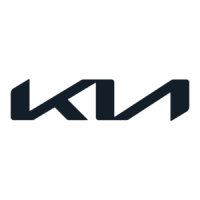
